A significant nuance in supply and demand dynamics is affecting retail prices, particularly among younger vehicles, according to the latest data from Auto Trader.
Based on around 800,000 daily pricing observations across the whole retail market, Auto Trader’s Retail Price Index shows that the average price of 1-3-year-old vehicles (£25,112) were down by 1.4% year-on-year in June.
Those under the age of 12 months (£32,664), which have been further impacted by the increasing push activity in the new car market, were down by 3.4% when compared to the same month last year.
In contrast, the average retail price of those aged 5-10-years old rose 1.2% year-on-year (£13,541), and those aged over a decade, were up 4.1% (£6,561).
The average retail price of a used car more broadly, was £16,780 in June, which on a like-for-like basis is down just 0.1% on the same period last year.
Reflecting the current stability and underlying health of the used car market, it’s the third consecutive month prices have been flat following 19 months of contraction.
Month-on-month, prices were down 0.6%, in line with seasonal norms.
Marc Palmer, head of strategy and insights at Auto Trader, said: “As we enter the second half of the year, our data shows that the fundamentals of the used car market remain strong; consumer demand is robust, and cars are selling at pace, which combined with the overall softening in supply, means retail prices are stable, and continue to follow seasonal norms.”
Auto Trader says that the used car market has entered the second half of 2025 in good health, with consumer demand, speed of sale, and transactions all stable in June.
However, the increasing nuance in supply and demand dynamics within the used car market is also leading to a division in sales performance between retailers, with independent businesses currently outpacing their franchise counterparts.
Thanks to a slightly less turbulent global economic and political backdrop, overall consumer confidence rose slightly in June, whilst Auto Trader’s car buyer research shows that nine out of 10 people are at least as confident, if not more so, in their ability to afford their next car.
What’s more, of more than 1,100 consumers surveyed, two thirds plan on buying in the next six months; two fifths intend to purchase within a fortnight.
This high intent is reflected in the circa 83 million cross platform visits to Auto Trader in June, which is a 3.2% increase on last year, and the largest June audience to date.
It follows the same record in May. It’s also reflected in the current speed in which used cars are selling; the average car took just 29 days to leave forecourts in June, which is one day faster than last year and two days faster than in May.
Critically, it’s also translating into transactions, with Auto Trader’s retail sales data indicating the market also grew at a rate of 3.2% year-on-year.
As the full impact of the 3 million new cars not sold during the pandemic has flowed through the parc, shifting from 1-3-year-old cars to the 3-5-year-old segment, the core used car market for franchise retailers has shrunk.
In 2019, there were circa 4.8 million 3-5-year-old cars in the parc, but by the end of 2024, it fell by around 37% to just 3 million.
And by the end of this year, Auto Trader predicts it will have fallen to 2.9 million, making it the lowest level on record.
Auto Trader’s data shows a rise in consumer demand for older and more affordable stock, with interest for cars aged 5-10-years old increasing 3.4% year-on-year in June, while those aged over a decade rose 8%.
Some franchise retailers have managed to soften the impact of reduced supply, either by successfully pivoting their forecourt profile to older cohorts, or by selling brands that have maintained or grown their market share over the last few years, including Volvo and Kia.
Palmer says that at a granular level, there is “considerable nuance in the market”, which is impacting retailers’ traditional stock profiles and making the job of finding profitable cars more competitive.
“It’s why using insights over instincts to power your forecourt strategy is more important than ever,” he concluded
Top 10 used car price growth (all fuel types) | June 2025 vs June 2024 like-for-like
|
Ranks |
Make |
Model |
June 25 Average Asking Price |
Price Change (YoY) |
Price Change |
|
1 |
Suzuki |
Jimny |
£13,014 |
20.1% |
-1.7% |
|
2 |
Hyundai |
i30 |
£8,934 |
11.6% |
0.1% |
|
3 |
Lexus |
IS |
£9,940 |
11.3% |
0.8% |
|
4 |
Mazda |
MX-5 |
£11,358 |
10.7% |
1.5% |
|
5 |
Toyota |
Land Cruiser |
£36,904 |
8.6% |
-2.3% |
|
6 |
Kia |
Carens |
£6,516 |
8.0% |
-2.7% |
|
7 |
Volkswagen |
Touareg |
£30,890 |
7.6% |
0.0% |
|
8 |
BMW |
M4 |
£40,150 |
7.2% |
1.5% |
|
9 |
Audi |
A3 Cabriolet |
£8,840 |
6.8% |
3.4% |
|
10 |
BMW |
Z4 |
£18,493 |
6.7% |
5.3% |
Source: Auto Trader
Top 10 used car price contraction (all fuel types) | June 2025 vs June 2024 like for like
|
Rank |
Make |
Model |
June 25 Average Asking Price |
Price Change |
Price Change (MoM) |
|
10 |
Hyundai |
i40 |
£5,498 |
-12.0% |
-2.9% |
|
9 |
Vauxhall |
Viva |
£5,561 |
-13.1% |
-3.2% |
|
8 |
BMW |
iX |
£46,332 |
-15.0% |
1.8% |
|
7 |
BMW |
i5 |
£53,399 |
-15.4% |
2.5% |
|
6 |
Kia |
EV6 |
£29,185 |
-16.1% |
-2.3% |
|
5 |
Jaguar |
I-PACE |
£23,095 |
-16.4% |
-2.8% |
|
4 |
Nissan |
ARIYA |
£31,119 |
-17.5% |
1.5% |
|
3 |
Tesla |
Model Y |
£28,370 |
-17.7% |
-2.4% |
|
2 |
MINI |
Electric Hatch |
£13,524 |
-18.1% |
-0.1% |
|
1 |
Tesla |
Model X |
£31,976 |
-19.0% |
-3.9% |
Source: Auto Trader

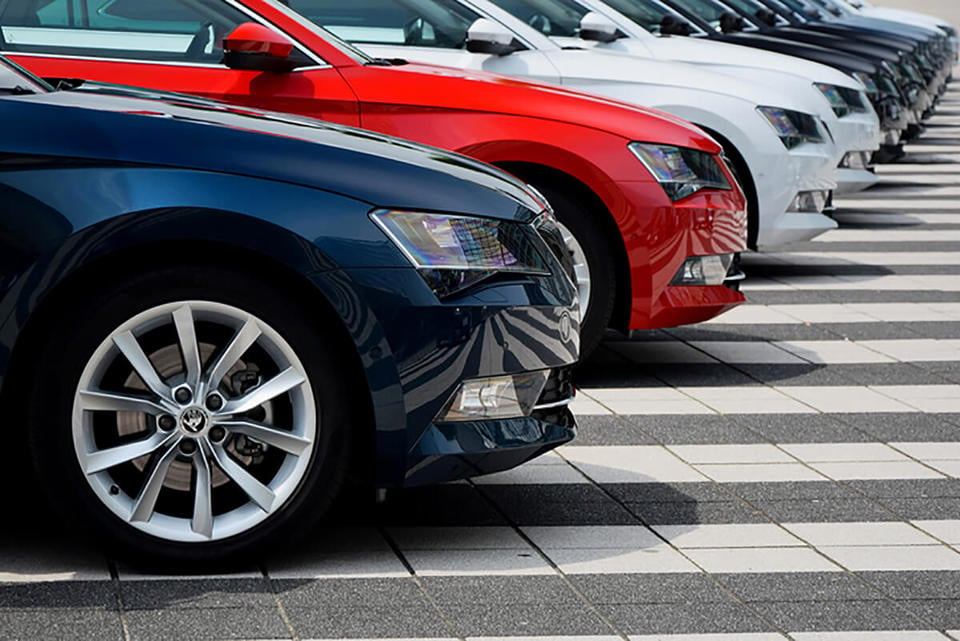




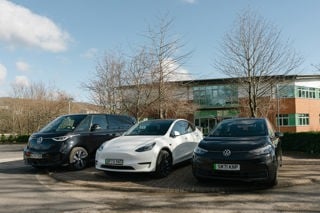
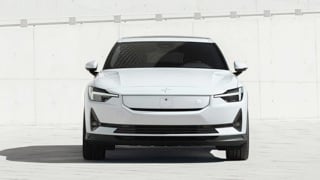
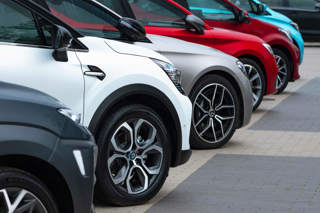

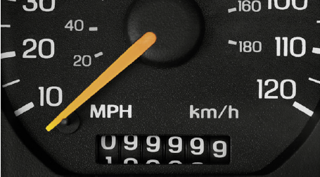













Login to comment
Comments
No comments have been made yet.